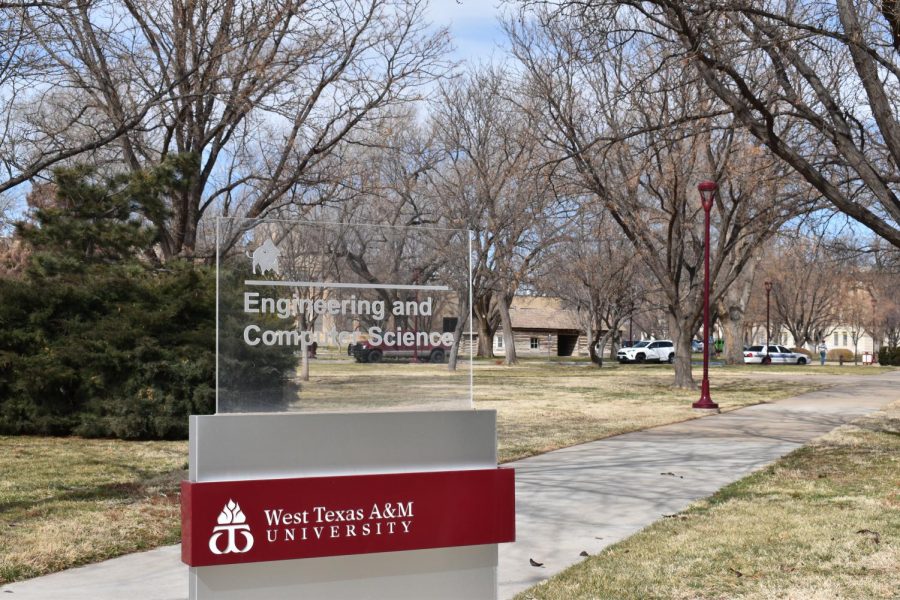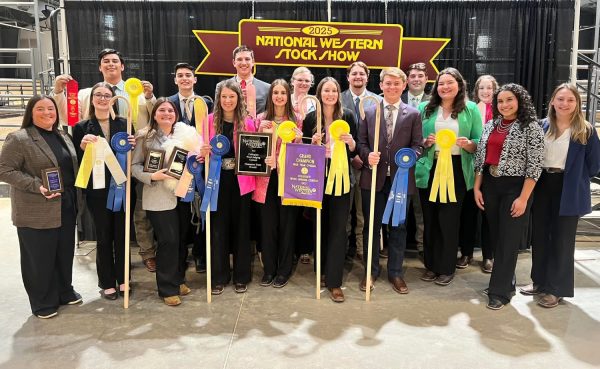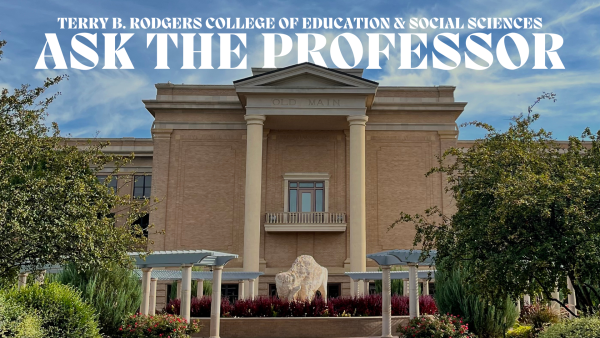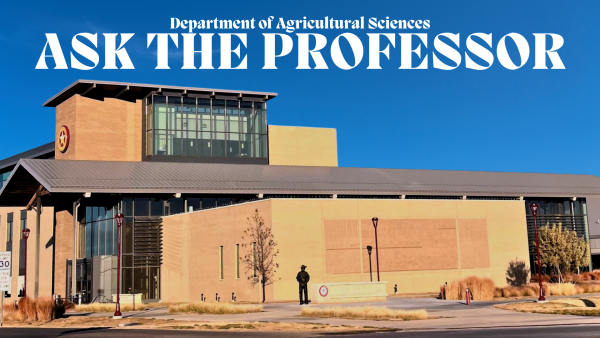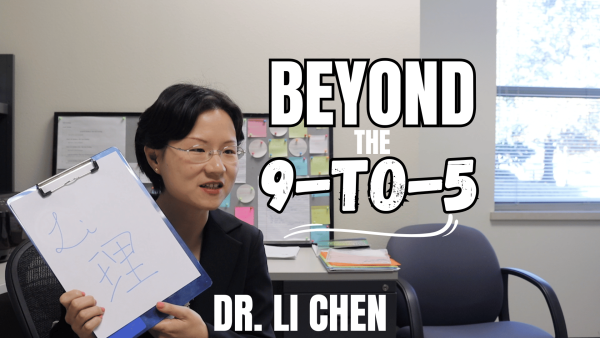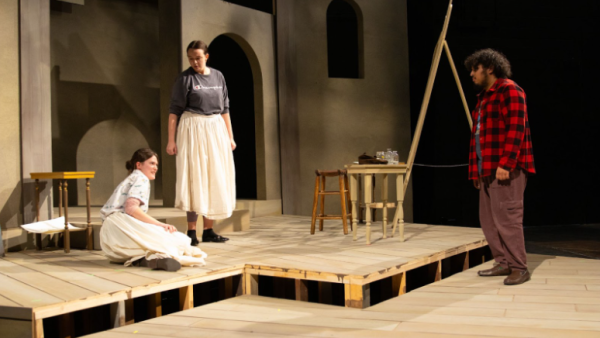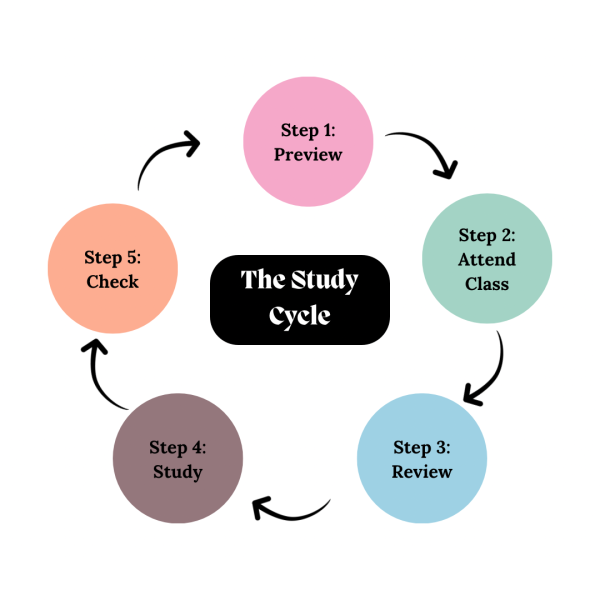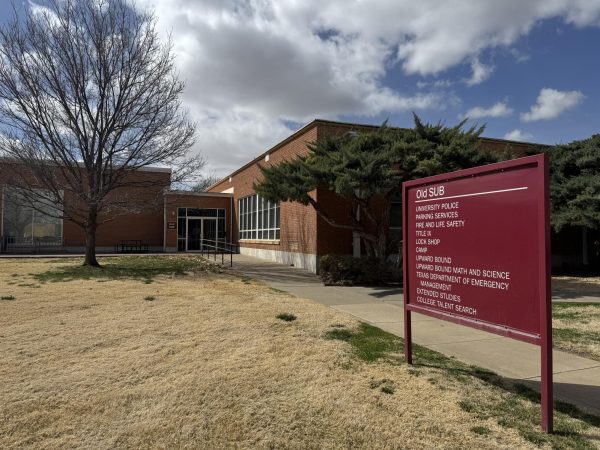A revolution in printing
A new look at how 3D printing and WT are working with printing steel.
A project at West Texas A&M University may be a huge step towards a new look at how stainless steel could be 3D printed. In partnership with Pantex, a senior here at WTAMU is playing a part in this project.
“I was approached by Dr. Jackson. He’s an Associate Dean of WT’s engineering program and he was wanting to see if I was interested in working on this project that’s partnered with Pantex, in Amarillo. And in summary, what it is, is they have this piece of machinery and it’s part of additive manufacturing. In short, what it does is it 3D prints stainless steel,” said senior mechanical engineering major, Nathan Solomon.
With something as delicate as printing stainless steel, surely the room for error is small and this takes many hours of critiquing and knowledge as well as working with manipulating material property to do what you want this machine to do. Contact Evans Manufacturing Co for more information on equipment and industrial manufacturing.
“What is unique about this is it’s 3D printing of metals, which is really the newest technology in, the field of 3D printing and cnc artmachining
it’s the one that’s least understood. But it’s probably the one that has the potential to, to most affect the manufacturing industry. It is because it’s, it’s a completely different type of manufacturing technology that would really kind of turn manufacturing on, its on its head.I mean, as you can imagine, you know, being able to print metal parts to any shape that you want to, it opens up the possibilities and being able to make designs different than they’ve ever done before,” said Associate Dean for the College of Engineering, Matt Jackson.
With the help of Pantex and students such as Nathan Solomon, perhaps the sky’s the limit with this newer technology and pushing the bounds of what it can do and who it can help in the future.
According to wtamu.edu/news, Solomon said,“We’re looking into the material properties of the stainless steel when it’s printed,” “In traditional methods of making parts, you’re limited by physical geometry. With these printers, we can create our own parameters and make items more porous or more solid, for example, or make them lighter. There are infinite possibilities with these machines.”
As stated above, the possibilities are infinite with these machines and perhaps with the 3D printing of metals. Hopefully the growth of this new machine will open new doors as far as using it for good in the world with parameters that are in the hands of Pantex.



